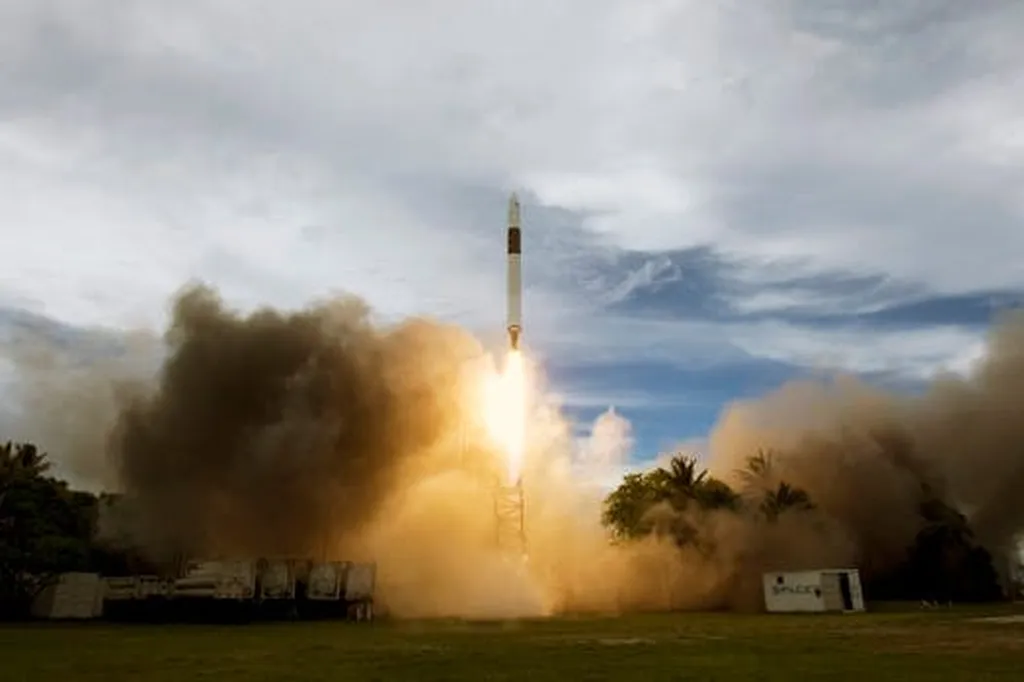In the heart of South Sumatra, Indonesia, a groundbreaking study is reshaping the way we think about carbon capture and storage (CCS) in industrial clusters. Led by Osaliana Budiarto from the Chemical Engineering Department at Universitas Indonesia, the research, published in the journal *Carbon Management*, offers a novel approach to optimizing CCS supply chains, with significant implications for the energy sector.
The study tackles a critical challenge in CCS deployment: minimizing supply chain costs in industrial clusters with diverse CO₂ sources and storage sinks. Budiarto and his team developed a superstructure optimization model using Mixed-Integer Linear Programming (MILP), integrating time-dependent reservoir injectivity profiles directly into the MILP framework. This innovation allows the model to constrain injection timing and capacity, accurately reflecting reservoir availability over a 30-year planning horizon.
“Our model evaluates multiple network configurations, including single-well and multi-well systems, allowing for coordinated injection scheduling,” Budiarto explains. “This strategic management of injection capacity and scheduling reservoir availability leads to substantial cost reductions.”
The results are promising. Optimized configurations reduce transportation costs by approximately 34%, from an average of $25.36 to $16.72 per ton, through economies of scale and shared infrastructure. Multi-well systems further improve storage capacity and injection efficiency, particularly when injection schedules are carefully optimized. With strategic planning, transportation costs can range from $15.89 to $16.56 per ton.
The study highlights the critical role of hub-based infrastructure in CCS deployment. By coordinating injection strategies and infrastructure planning, the system achieves significant cost reductions and enhances scalability. “This research underscores the value of systematic optimization in achieving cost-effective and scalable carbon storage solutions across diverse industrial contexts,” Budiarto notes.
The implications for the energy sector are substantial. As industries worldwide grapple with the need to reduce carbon emissions, efficient and cost-effective CCS solutions become increasingly vital. The superstructure-based design approach demonstrated in this study offers a blueprint for optimizing the interactions among sources, sinks, and transportation networks, paving the way for more sustainable industrial operations.
As the world moves towards carbon neutrality, studies like Budiarto’s provide valuable insights and tools for achieving this goal. By strategically managing injection capacity and scheduling reservoir availability, industries can significantly reduce CCS costs, making carbon storage solutions more accessible and scalable. This research not only shapes future developments in the field but also underscores the importance of innovative thinking in addressing global environmental challenges.

